Less Snow Won’t End Blizzard Hazard
New research predicts that while there will be less snow in a warming world, the sort of severe snowstorms that caused chaos in the U.S. this year will remain a serious hazard.
By Tim Radford, Climate News NetworkThis piece first appeared at Climate News Network.
LONDON — There’s still a chance that some people who dream of a white Christmas will get their wish. While there may be less snow falling overall in a warming world, there will still be blizzards.
Paul O’Gorman, an atmospheric scientist at the Massachusetts Institute of Technology in the US, reports in Nature that he studied daily snowfall in the northern hemisphere through the prism of 20 different climate models. Each of these projected climate change over a century, according to various emissions of greenhouse gases.
He also looked at seasonal average and extreme snowfall events, both under current conditions and as the planet warms. And the conclusion is that the kind of snowstorms that hit the US in 2014 will remain a hazard, even though there may be fewer of them.
Climate models
“Many studies have looked at average snowfall over a season in climate models, but there’s less known about these very heavy snowfalls,” Dr O’Gorman said. “In some regions, it is possible for average snowfall to decrease but the snowfall extremes actually increase.”
Climate scientists have consistently warned that a rise in average planetary temperatures is likely to be accompanied by a rise in the frequency or intensity of extreme events.
By these, they usually mean windstorms, floods and heat waves. But ice storms remain part of the picture too. That is because even as temperatures on average creep up, there will be places and seasons where the rain could still turn to snow.
The study found that, under high warming scenarios, those low-lying regions with average winter temperatures normally just below freezing would see a 65% reduction in average winter snowfall. But in these places, the heaviest snowstorms on average became only 8% less intense. In the higher latitudes, extreme snowfall became more intense, with 10% more snow, even under scenarios of relatively high average warming.
Heaviest falls
There is a relatively narrow temperature range ? just below freezing point ? at which the heaviest snowfalls seem to occur.
“People may know the expression, ‘It’s too cold to snow,’” Dr O’Gorman said. “If it’s very cold, there is too little water vapour in the air to support a very heavy snowfall, and if it’s too warm, most of the precipitation will fall as rain.
“Snowfall extremes still occur in the same narrow temperature range with climate change, and so they respond differently to climate change compared to rainfall extremes or average snowfall.”
Your support matters…Independent journalism is under threat and overshadowed by heavily funded mainstream media.
You can help level the playing field. Become a member.
Your tax-deductible contribution keeps us digging beneath the headlines to give you thought-provoking, investigative reporting and analysis that unearths what's really happening- without compromise.
Give today to support our courageous, independent journalists.
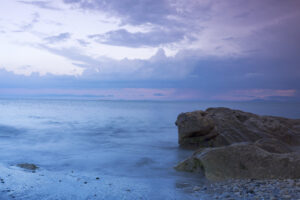
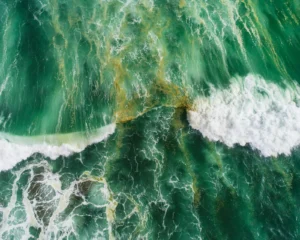
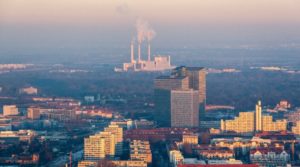

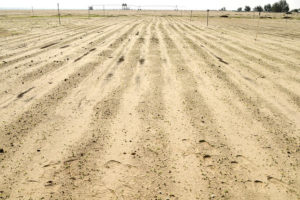
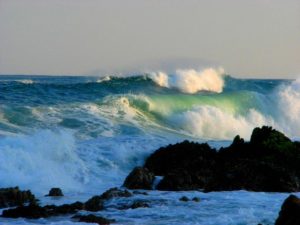
You need to be a supporter to comment.
There are currently no responses to this article.
Be the first to respond.